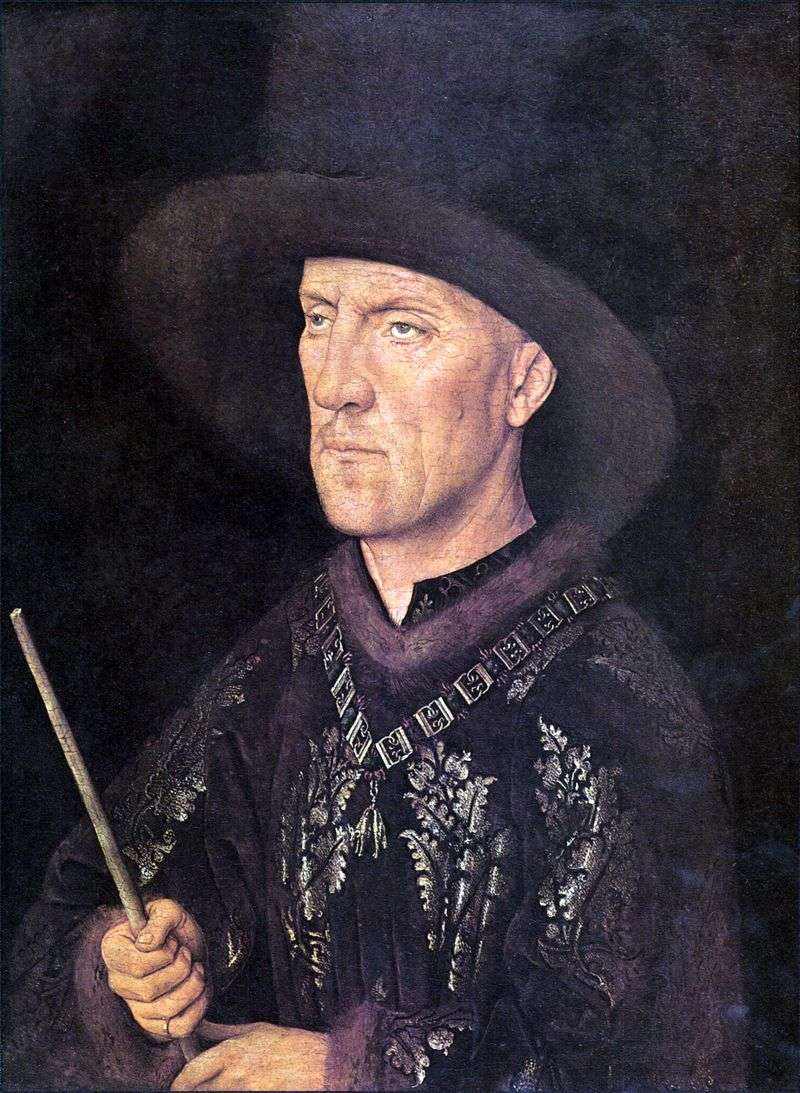
The painting “Portrait of Baudouin de Lanoi” was painted by the Dutch painter Jan van Eyck around 1435. The man in the portraits of Jan van Eyck and the bearer of the contemplative beginning and at the same time the object of contemplation. He does not act, does not show certain feelings; it is demonstrated to the viewer as part of the universe.
Therefore, the person is transferred with a still-life detail, and a long fixed look has an almost unnatural for this person animations. Obviously, this type of portrait could not last long. The Renaissance principle of identifying a person, provoking this moving balance between man and the world, between the contemplative and the object of contemplation, in the course of its development, had to strengthen individual, personal features in the image and break this balance.
Actually, a similar process took place not only in portraiture. In the altar compositions, the strengthening of the features of a concrete reality and the gradual disruption of the unity of field observations and their worldview transformation are also noticeable. But in portrait painting this process proceeded more quickly and in more obvious forms.
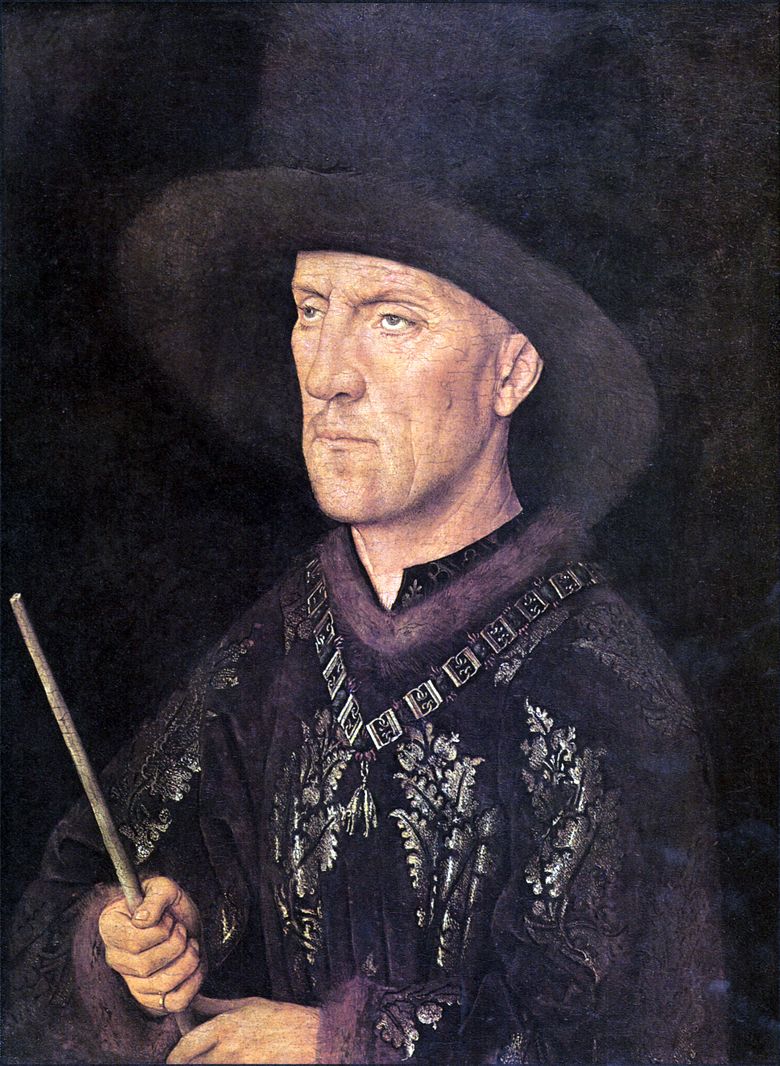 Portrait de Baudouin de Lanoi – Jan van Eyck
Portrait de Baudouin de Lanoi – Jan van Eyck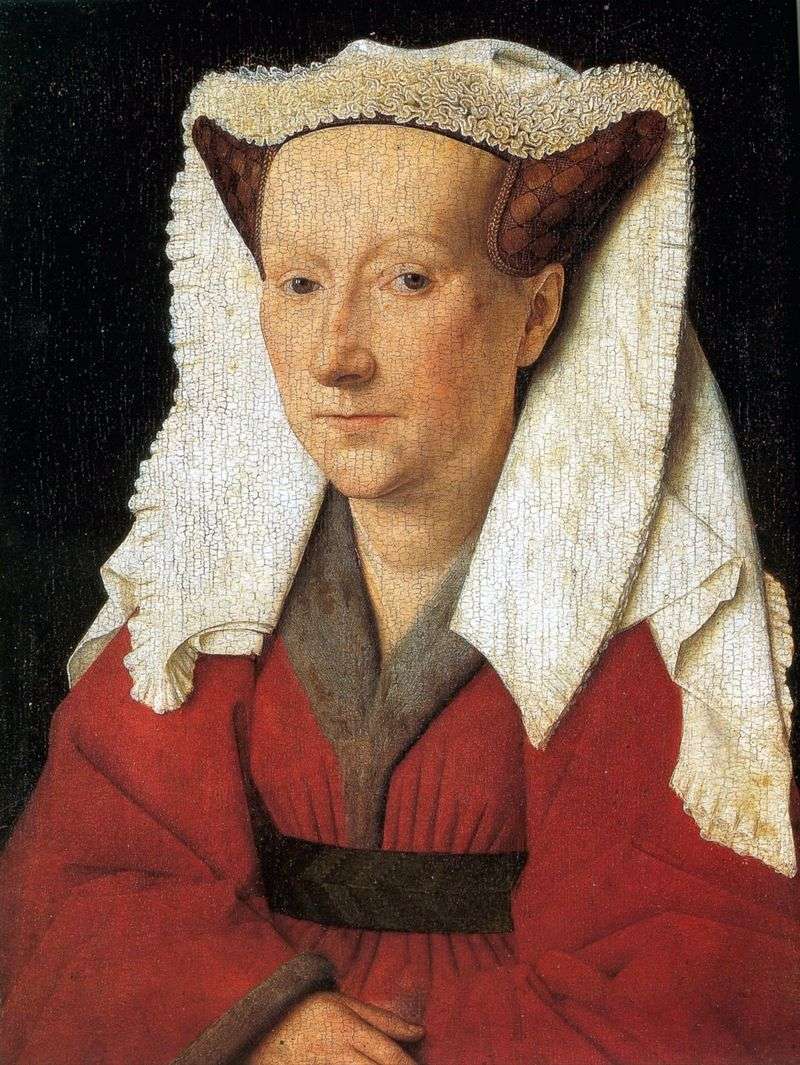 Portrait of Margret van Eyck’s wife by Jan van Eyck
Portrait of Margret van Eyck’s wife by Jan van Eyck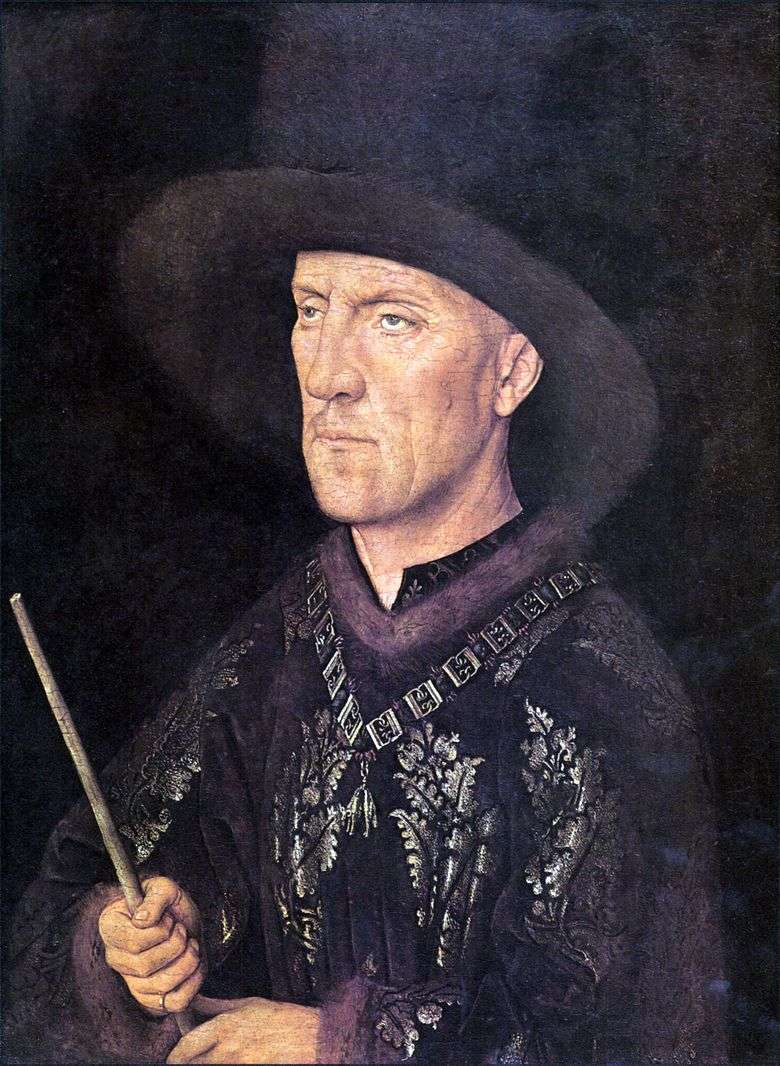 Retrato de Baudouin de Lanoy – Jan van Eyck
Retrato de Baudouin de Lanoy – Jan van Eyck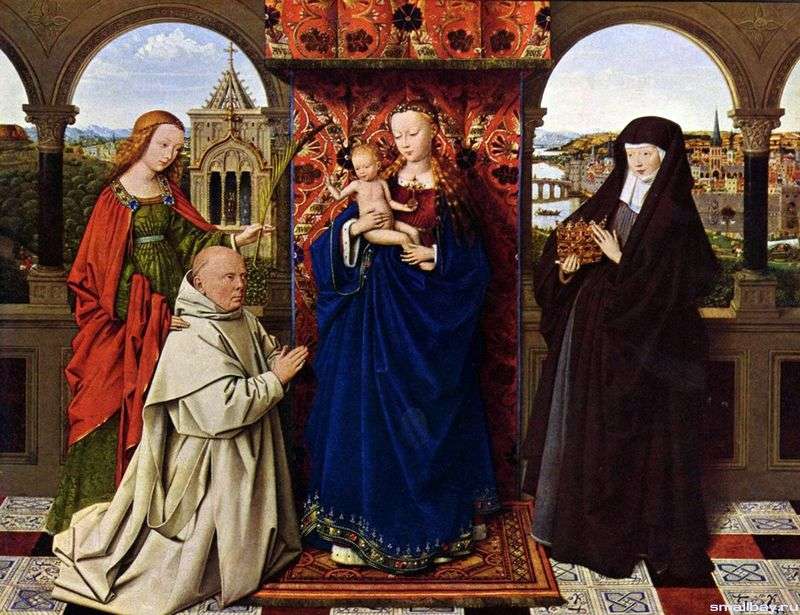 Madonna with the Cartesian monk by Jan van Eyck
Madonna with the Cartesian monk by Jan van Eyck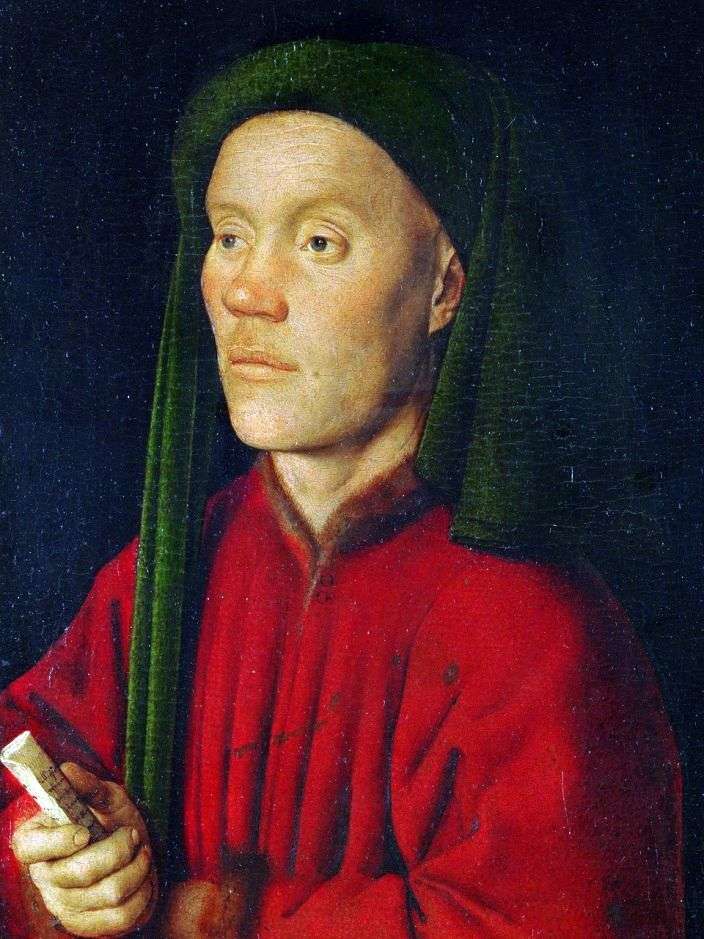 Portrait of a young man (Timothy) by Jan van Eyck
Portrait of a young man (Timothy) by Jan van Eyck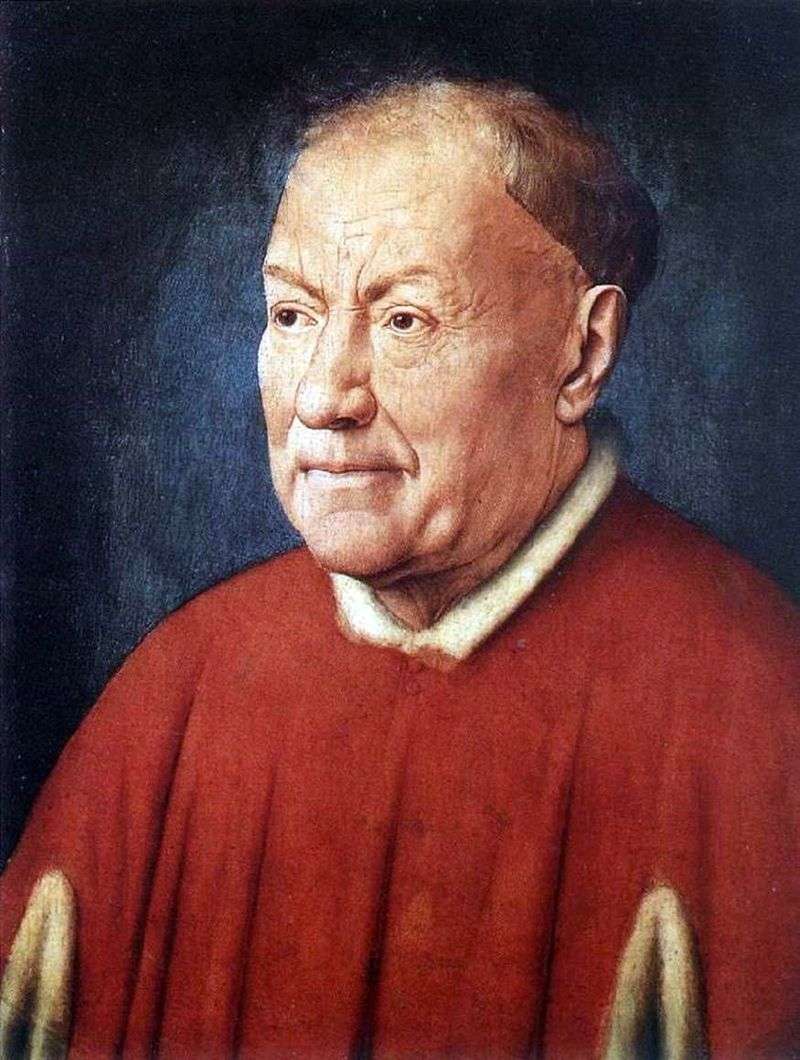 Portrait of Cardinal Niccolo Albergati by Jan van Eyck
Portrait of Cardinal Niccolo Albergati by Jan van Eyck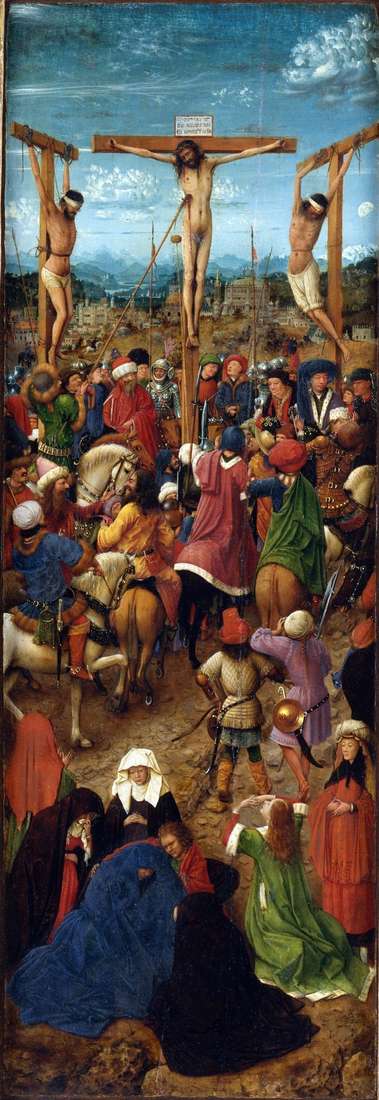 The Crucifixion. Diptych. Left shutter by Jan van Eyck
The Crucifixion. Diptych. Left shutter by Jan van Eyck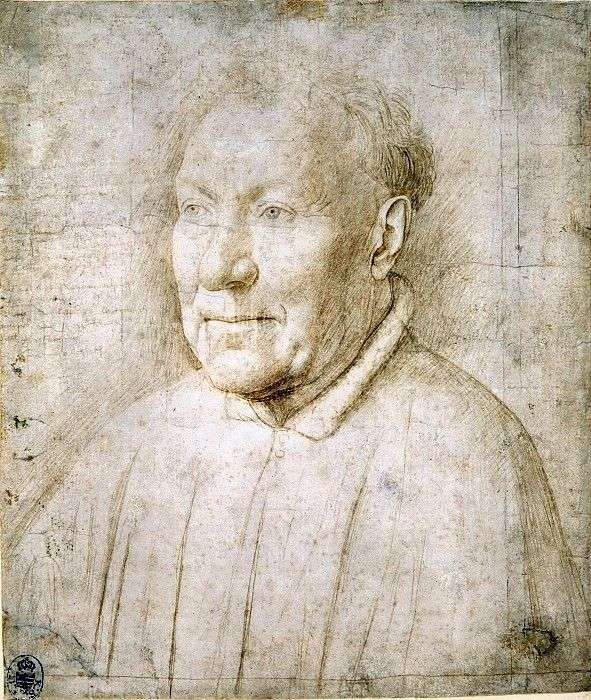 Etude to the man’s portrait by Jan van Eyck
Etude to the man’s portrait by Jan van Eyck